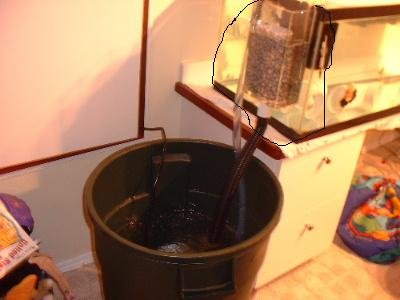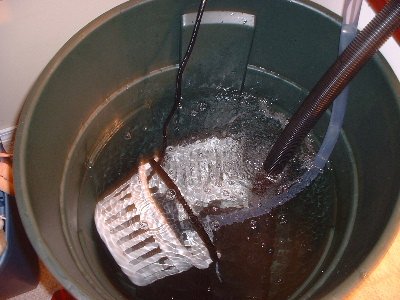Thanks, Badfish. I appreciate you checking on that. I'll go give it a look.
I definitely plan to follow Steve-S's guidelines - I'm starting right now, actually.
Also, my thinking on the pair of 20's is this:
- I think even 40 might be a little tight for this group, especially with the large and fairly dominant Imperator at the heart of my problem.
- A 20 might be tight for him, of course, but he could be alone or with the least likely fish to have issues with him. I just keep thinking the good nature of the other fish and their ability to get along so well currently is more likely to carry over to two smaller groups in smaller tanks separate from one another than all piled in together under especially stressful conditions.
- Beyond this large quarantine, having the ability to fire up one 20 gallon for a future
QT tank seems more feasible for small livestock additions than maintaining a 40 or larger.
- I think I can throw together a dormant 20 for emergency
QT in the future easier than a larger tank. 20 gallons drained off my main tank is a standard water change for me and could be the source water for setting up the
QT in a hurry. Replacement water then goes into the main tank and smaller new batches are mixed to maintain the
QT.
- My choices locally are limited.

I can buy two 20's and a couple of cheap
HOB filters for the cost of a "20 starter kit" or most of the other larger tanks I saw for sale in the local stores.
Granted, I realize the smaller the tank the more water changing maintenance. For special cases like this (and I hope they stay special and don't become routine), I think I can swing it.
Realistically, what will the water changing regimen be for a 20
QT under the circumstances I describe?
I am planning on order a couple of bottles of Cupramine, the Ammonia Alert (one for each tank), and the SeaChem Copper test kit. Other items?
Again, my reasoning may be flawed, so I'd appreciate any counter arguments to my thinking here.
Thanks, folks!
- Aaron


